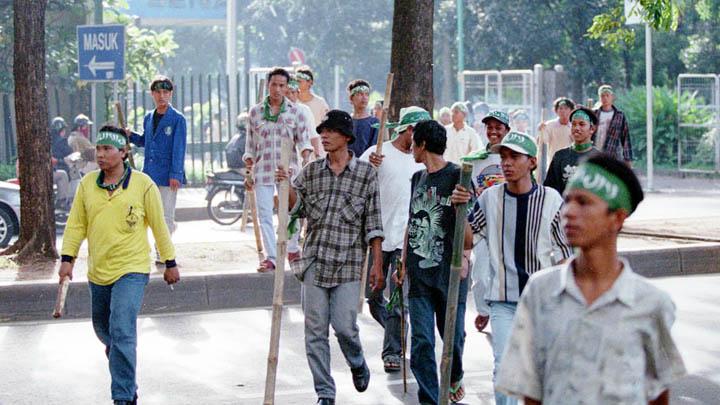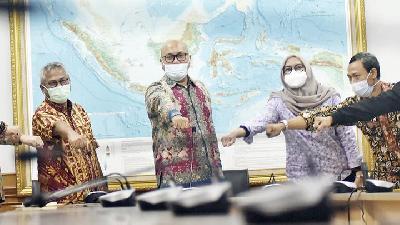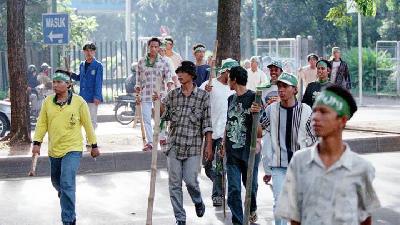New Police Chief to Revive Civilian Security Force
Monday, January 25, 2021
Weekly News
arsip tempo : 171414907155.

A CIVIL society coalition focused on national security reforms has criticized the plan of the newly selected National Police Chief Comr. Gen. Listyo Sigit Prabowo to reactivate the pam swarkara or civilian security force. Asfinawati, Chairperson of the Indonesian Legal Aid Society Foundation, is concerned that hard-line groups could potentially join the ranks of the pam swakarsa. “The pam swakarsa can be used to strike back at social moveme
...
Subscribe to continue reading.
We craft news with stories.
 For the benefits of subscribing to Digital Tempo, See More
For the benefits of subscribing to Digital Tempo, See More











